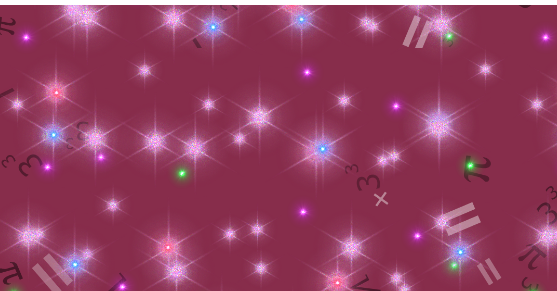We can move elements on background screen using CSS properties.
Below @keyframes rule specifies the animation code and “movement” gives a name to the animation:
@keyframes movement {
0 % {
background - position: 0 px 0 px,
0 px 0 px,
0 px 0 px
}
50 % {
background - color: #FFA07A
}
100 % {
background - position: 500 px 1000 px,
400 px 400 px,
300 px 300 px;
background - color: #E9967A;
}
}
//for different browsers use this syntax instead
@ - moz - keyframes movement {}
@ - ms - keyframes movement {}
@ - webkit - keyframes movement {}
//If an animation has the different starting and ending properties, then we can define like 0%{ } ,50%{ },1000%{ }.
// If an animation has the same starting and ending properties, one way to do that is to comma-separate the 0% and 100% values:
@keyframes movement {
0 % , 100 % {
background - position: 0 px 0 px,
0 px 0 px,
0 px 0 px
}
}
Calling keyframe animation with separate properties:
body {
background - color: #6b92b9;
background-image: url('images/main2.png'), url('images/main.png'), url('image/star.png');
-webkit-animation: movement 20s linear infinite;
-moz-animation: movement 20s linear infinite;
-ms-animation: movement 20s linear infinite;
animation: movement 20s linear infinite;
}
There is the possibility to add different background images like in above example which will display on a browser as a single image.
This is the result we got using this CSS:

All the math symbol star are moving in the browser.
Note:
// -webkit-animation: used for chrome 43.0 , 4.0 .
-moz - animation: used
for firefox 16.0, 5.0. -
ms - animation: used
for older browser.
